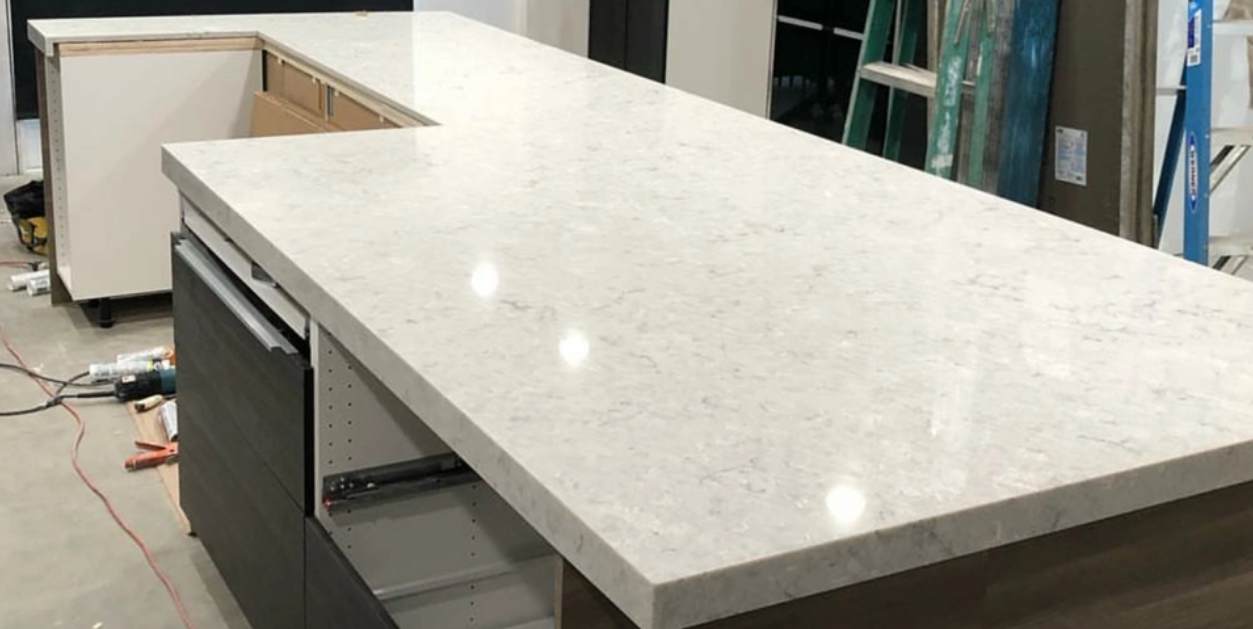Granite: A Durable Composite Formed From Many Minerals
Granite is a long-lasting igneous rock that forms deep underground as fluid magma gradually cools. This slow crystallization lends granite a highly structured appearance and density that makes it durable against wear. Its makeup typically includes a blend of key minerals, each contributing distinct tones and textures.
Primary Elements Found in Granite
Quartz represents a prevalent part of granite, making up 20% to 40% by composition. Known for its clarity, quartz crystals may appear clear, smoky, or milky white tones within the stone. Its presence is integral to granite's resilience.
Feldspar constitutes approximately 40% to 60% and largely dictates granite's diverse palette, ranging from light pink to creamy white depending on the feldspar type. The two primary feldspars are pinkish orthoclase and blue or colorless plagioclase.
Mica minerals like black or brown biotite as well as clear or pale muscovite comprise 5% to 10% by volume. Mica lends granite an attractive sparkle and enhances natural aesthetics while enabling the rock to split along planes.
Amphiboles make up a smaller portion yet still impart dark green or black flecks that provide visual depth and contrast against lighter tones, constituting around 5% to 10%. Although minor, amphiboles notably accentuate granite's visual interest.
Trace Minerals: Apart from these primary constituents, granite may also contain trace amounts of additional minerals like titanite, zircon, and tourmaline. Though present in smaller quantities, these minerals can impact the stone's coloration and luster.

A Blend Yields Benefits
The precise blending of minerals in granite not only molds its aesthetic appeal but also influences its physical attributes. Granite's tightly packed crystalline composition provides tremendous strength and resistance to pressure loads, rendering it suitable for countertops, flooring installations, and outside applications.
Density Denotes Composition
Granite's density, usually ranging from 2.65 to 2.75 grams per cubic centimeter, directly correlates to its mineral makeup. This density renders it impervious to most damage and wear patterns, adding to its widespread employment as a construction and ornamental material.
Understanding is Paramount
Grasping granite's composition is crucial for various practical reasons. For architects and contractors, it determines the stone's applicability to differing construction uses. For homeowners, the mineral constitution influences upkeep practices, as dissimilar minerals can interact differently with chemicals and wear.
Conclusion
Granite's diverse mineral blend not only underpins its renowned durability but also its aesthetic diversity. Whether employed in residential construction or monumental architecture, granite’s enduring beauty and strength make it a preferred selection for numerous design projects. Further insights into granite's unique characteristics and care can be gleaned by exploring qué tipo de mezcla es el granito.